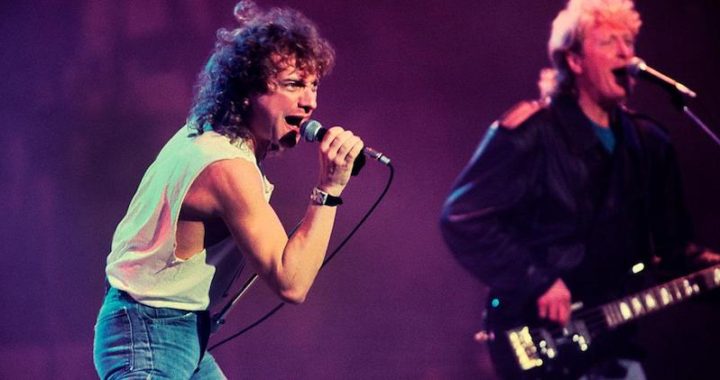A pre-chorus is an optional section that sits between the verse and chorus. There are several reasons why you might choose to use a pre-chorus in a song, the most common reasons being any combination of the following:
- The verse is quite short.
- The verse melody is very repetitive.
- The beginning of the chorus is many notes higher than the end of the verse.
- The verse chord progression is short and “unadventurous.”
- The musical energy of the verse is fairly static… it doesn’t have much of a high point or contour.
The purpose, then, of a pre-chorus is to help build some musical momentum so that the chorus can start with a good deal of energy.
 Want to be a songwriting professional? There are questions you need answers to: “How do I compose a good song melody?” — “How do I write good vocal harmonies?”, “How do I learn to write better lyrics?”, and more. The eBook “From Amateur to Ace: Writing Songs Like a Pro” answers these and other questions. It’s part of “The Essential Secrets of Songwriting 10-eBook Bundle”
Want to be a songwriting professional? There are questions you need answers to: “How do I compose a good song melody?” — “How do I write good vocal harmonies?”, “How do I learn to write better lyrics?”, and more. The eBook “From Amateur to Ace: Writing Songs Like a Pro” answers these and other questions. It’s part of “The Essential Secrets of Songwriting 10-eBook Bundle”
If the verse is low and quiet and the chorus is high and boisterous, a pre-chorus is the perfect way to connect those two sections in a way that sounds more musically pleasing.
Focusing on the Melody
A pre-chorus melody usually moves upward, building musical energy as it goes. Hand in hand with that upward motion is usually a build-up of instrumental energy. Things get louder and busier as the chorus is prepared.
When it comes to that higher-moving melody, you’ve got two choices:
- Write a pre-chorus melody that starts low and gradually moves higher.
- Write a pre-chorus melody that immediately jumps to a higher level, something more similar to the melodic range of the chorus.
The first choice is clearly demonstrated by Katy Perry’s “Firework” (Katy Perry Mikkel S. Eriksen, et al), where, starting at the line “Ignite the light…“, the melody gradually, almost note-by-note creeps higher and higher. The start of the chorus gives us the highest notes of the song.
The second choice can be seen in Foreigner’s 1982 hit song “I Want to Know What Love Is” (Mick Jones), where the pre-chorus (“In my life/There’s been heartache and pain…“) immediately jumps upward and sits in a range that is similar to what’s about to be heard in the chorus.
How to decide what to do is up to you, of course. There’s really no reason why you might choose one over the other.
If you decide that your song would benefit from a pre-chorus, you’ll also want to pay close attention to the chord progression. You can start on any chord you wish, but the end of the pre-chorus needs to lead solidly into whatever you’re using as the start of your chorus progression.
And one other bit of advice I have here is to think carefully about the length of time it takes to get to the start of your chorus. For ballads like “I Want to Know What Love Is”, you can take a little longer to get to the chorus (this chorus starts at 1’36”). But for faster tempo songs, you’ll want to try to get there a little sooner — from the 45-second mark to the 1-minute mark is pretty standard.
 Written by Gary Ewer. Follow Gary on Twitter
Written by Gary Ewer. Follow Gary on Twitter
 If you’re looking for one set of eBooks that will cover everything you need to know about writing songs –creating melodies, lyrics, chord progressions, and more — “The Essential Secrets of Songwriting” 10-eBook Deluxe Bundle is what you’re looking for. It always comes with a SPECIAL DEAL.
If you’re looking for one set of eBooks that will cover everything you need to know about writing songs –creating melodies, lyrics, chord progressions, and more — “The Essential Secrets of Songwriting” 10-eBook Deluxe Bundle is what you’re looking for. It always comes with a SPECIAL DEAL.










